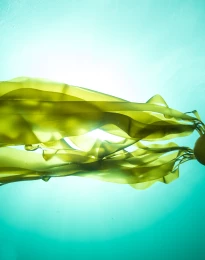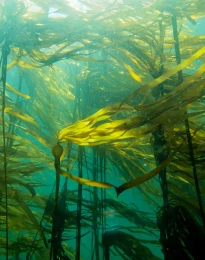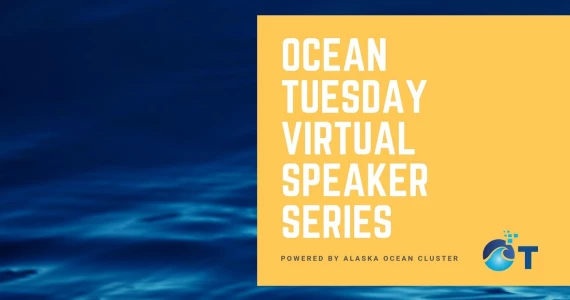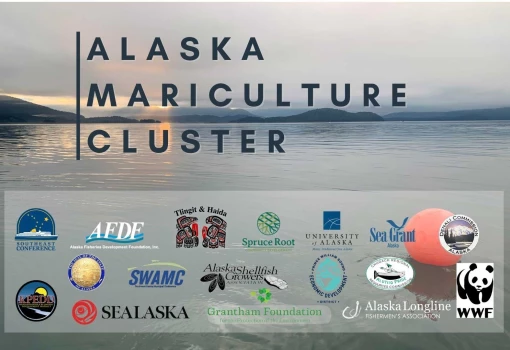Supporting development of Alaska mariculture
Alaska has all the qualities of an ideal environment for mariculture: clean and abundant waters, hardy citizens with maritime experience, the existing seafood industry and infrastructure, and the Alaska seafood brand. The state has research and development capacity at the University and industry level, as well as a sophisticated seafood marketing organization that effectively reaches consumers all over the nation and the world. The regulatory process and agencies are accessible, and the Legislature has been supportive, including funding $5 million for a new mariculture matching grant program.
Along with these strengths come challenges. Since 2014, AFDF has been a champion of development of this young industry, strategically working with partners to identify key barriers and turning challenges into opportunities. The Alaska Mariculture Initiative (AMI) has encapsulated this work over 8 years, two gubernatorial administrations, and many milestones.













